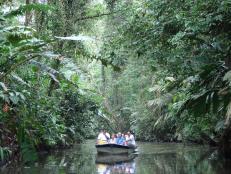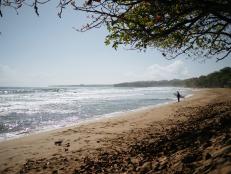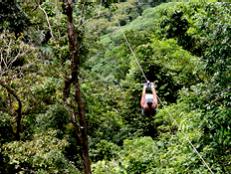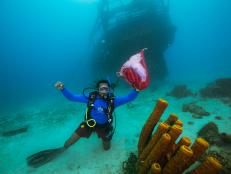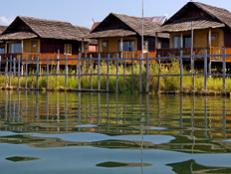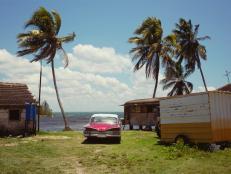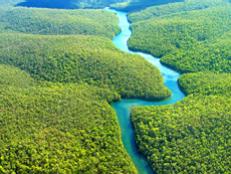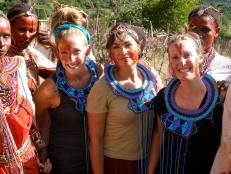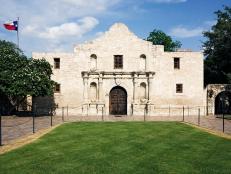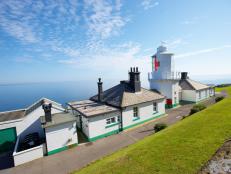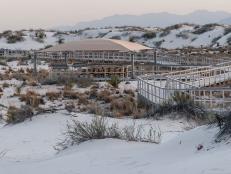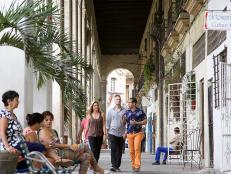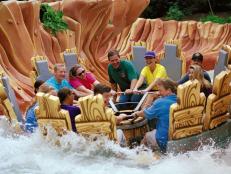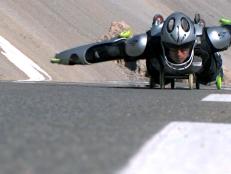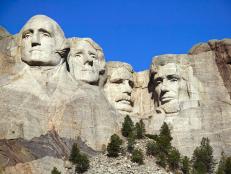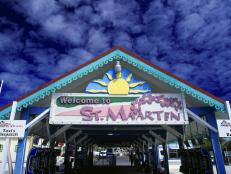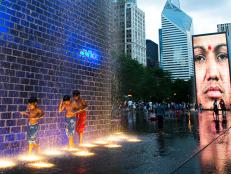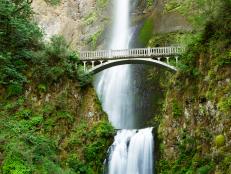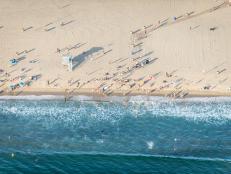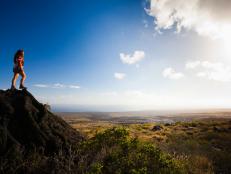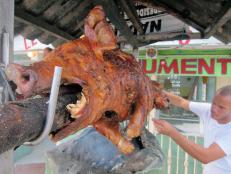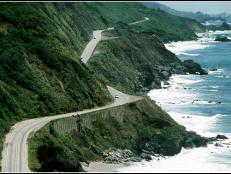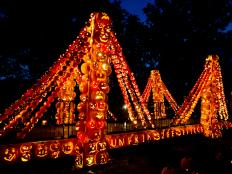7 Peru Adventure Ideas
Plan your next adventure in Peru with help from Travel Channel.
By:
Trisha Creekmore
Ride Horses in the Sacred Valley
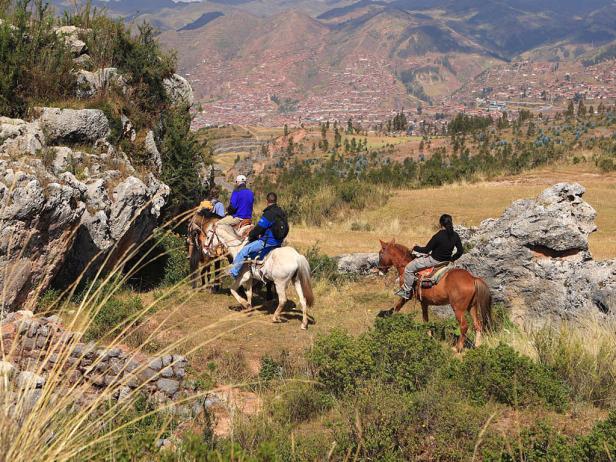
whl.travel, Flickr
A popular 3-hour trek begins in the town of Ollantaytambo in southern Peru, then climbs through the Patacancha River valley to the hilltop ruins of Pumamarca, an ancient citadel. Several outfits offer horseback riding tours in the Sacred Valley and to other mountain cities like Arequipa. Horse enthusiasts may want to look for operators with Peruvian Paso horses, a breed known for its smooth ride.
Climb and Zip Line at the Via Ferrata
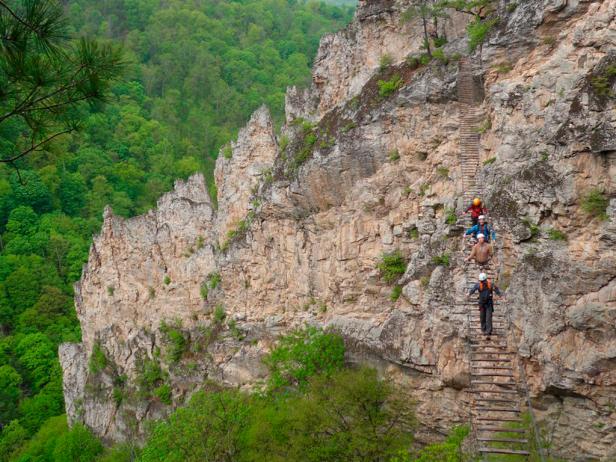
bjo, Flickr
The bars provide a climbable path to the top of the cliff for wannabe rock climbers without any technical experience. A series of 5 eye-poppingly fast zip lines take climbers back to the bottom. Visitors can choose from a variety of packages. A 1,500-foot climb and descent lasts about 3 hours and offers spectacular views of the Sacred Valley.
The Amazon
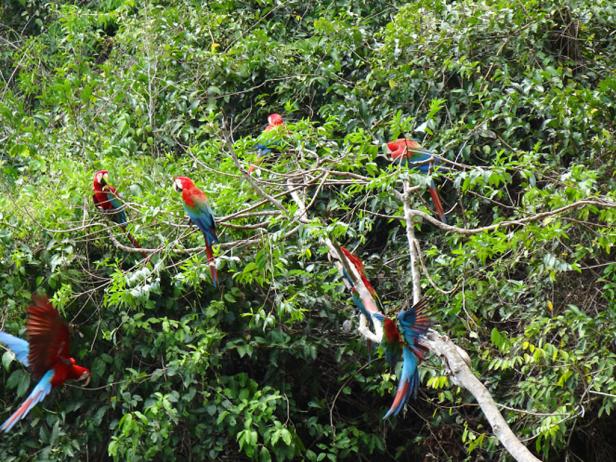
Thinkstock
Any trek into Peru’s Amazon begins in Iquitos, the largest city in the world that cannot be accessed by road. Everything and everyone comes by boat or plane. In the mid- to late 19th century, Iquitos was one of the centers of the rubber boom. Today, the city is filled with stunning examples of wealthy French and Spanish architecture from that period. The rubber money is long gone but many people are counting on oil for the next boom. The city today has a frontier feel, with prospectors, expats and tourists making their way in this unique jungle outpost.
Visitors should book at least 4 days at one of the many lodges located along the river. Most proprietors will meet you in Iquitos with a boat, the journey down river taking anywhere from 30 minutes to several hours. Days consist mostly of boat trips and hikes to see wildlife, as well as to visit villages and fish for piranha.
In the offbeat category: Drug tourism under the guidance of a local “shaman” is increasingly common in the Peruvian Amazon. Ayahuasca, an LSD-like substance distilled from a common vine, is combined with other ingredients to produce a psychedelic trip. One of the sought-after effects is the vomiting it produces (yes, really), because it’s thought to purge and cleanse the body.
Sandboard and Dune-Buggy in Nazca
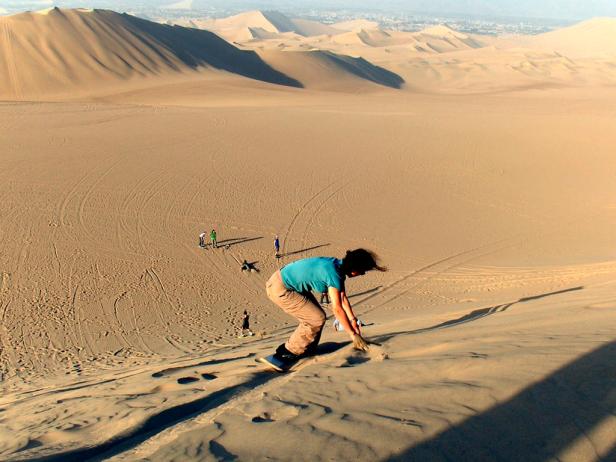
Frank_am_Main, Flickr
Sandboarding is tricky for beginners. It’s difficult to stand up snowboard-style because the sand is slow and sticky. Face-first on your stomach is best for first-timers. Make sure skin is covered with long pants and a long-sleeve shirt or a wipe-out will feel like taking an electric sander to your skin. You will return to town with sand in crevices you didn’t know you had.
Experienced sandboarders should head 9 miles east of Nazca to Cerro Blanco, the highest sand dune in the world, where the ride down takes several hours.
Penguins and Sea Lions at Islas Ballestas
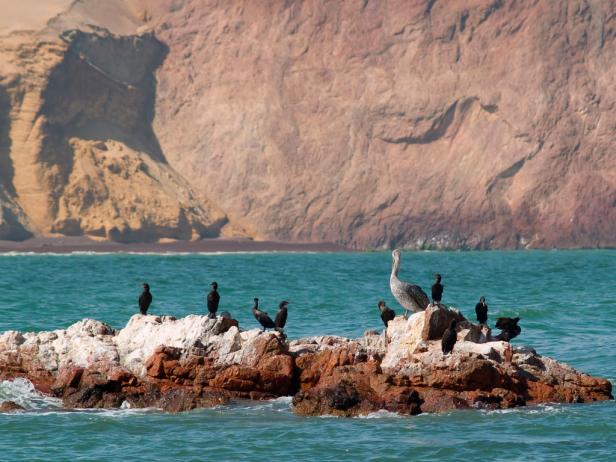
Thinkstock
The scene at the small rocky islands off Paracas is one that pictures and certainly words betray. The smells and sounds of Islas Ballestas are as much a part of the experience as the views. In addition to the briny smell of the sea, the islands smell like ripe, pungent bird poop. The rocks, except where they are washed by the sea, are covered in a thick, white, dry crust so deep you could shovel it. In fact, for a period in the 1800s, before the invention of artificial fertilizers, guano (meaning “dung”) was one Peru’s major exports.
Speed boat tours depart between 8 a.m. and 10:30 a.m. from the fishing jetty at El Chaco port in the village of Paracas, about 3 hours south of Lima.
Surfing
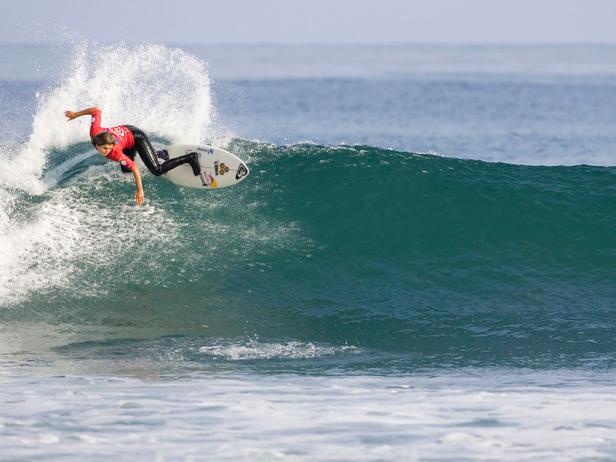
surfglassy, Flickr
The town and beach resort of Máncora on Peru’s northern coast is extremely popular with tourists and locals alike. Another popular place in the area is the port and small coastal town of Chicama, which is famous for having the world's longest left-handed point break, nearly 2.5 miles long. Popular spots south of Lima include Punta Hermosa, La Herradura and Pico Alto (High Peak), where you’ll find the highest waves in Peru. Cabo Blanco in the north is considered the country’s best left-breaking pipe, for advanced surfers only.
Nazca Lines
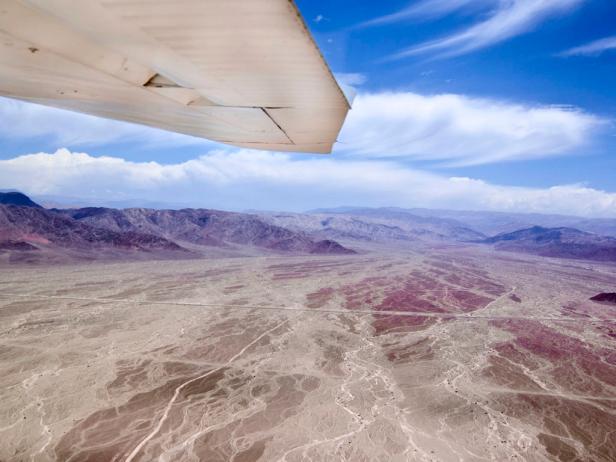
Thinkstock
The most mysterious thing preserved by the desert is hundreds of glyphs -- large-scale line drawings -- carved into the flat sands of the plain. These pictures, which include a dog, monkey, spider and people, are only recognizable from a few hundred feet above them. You’ve seen the shapes, but the Nazca Lines are more than that. In a relatively small region there are upward of 70 bioglyphs (pictures) and 900 geoglyphs (trapezoids, spirals, lines and triangles). Some speculate that they were created to be seen by gods in the sky.
Small planes take off from a small airport outside the town of Nazca. Only a few airlines were granted permission to serve tourists after 13 people died in 2 separate accidents in 2010.
Next Up
10 Amazing Family Vacations
Go big with an unforgettable family adventure.
Costa Rica's Puerto Viejo Is a Great Off-the-Beaten-Path Pick
Less crowds and more fun on the Caribbean coast.
Costa Rica Adventures
As you plan your visit to Costa Rica, put these unique outdoor experiences on your must-do list
Try a Voluntour Vacation
These trips mix service, adventure and fun.
Floating Lodges
For travelers who like to live in the lap of luxury but also enjoy immersions in nature, floating lodges offer an interesting choice.
Where to Get an Adrenaline Rush
Get your adrenaline rush with 2014's wildest adventure destinations.
Where to Get an Adrenaline Rush in 2014
Get your adrenaline rush with 2014's wildest adventure destinations.
4 Small Countries That Pack Very Big Adventures
Don’t judge the size of the adventure by the size of the country. These small nations are overflowing with adventures far larger than their land mass.
South America's Earth Wonders
South America is a magical place with natural wonders including the Amazon River, the wild Galapagos Islands and Angel Falls.
The Lost Girls: 10 Life-Changing Getaways
The Lost Girls' picks for unforgettable trips.
